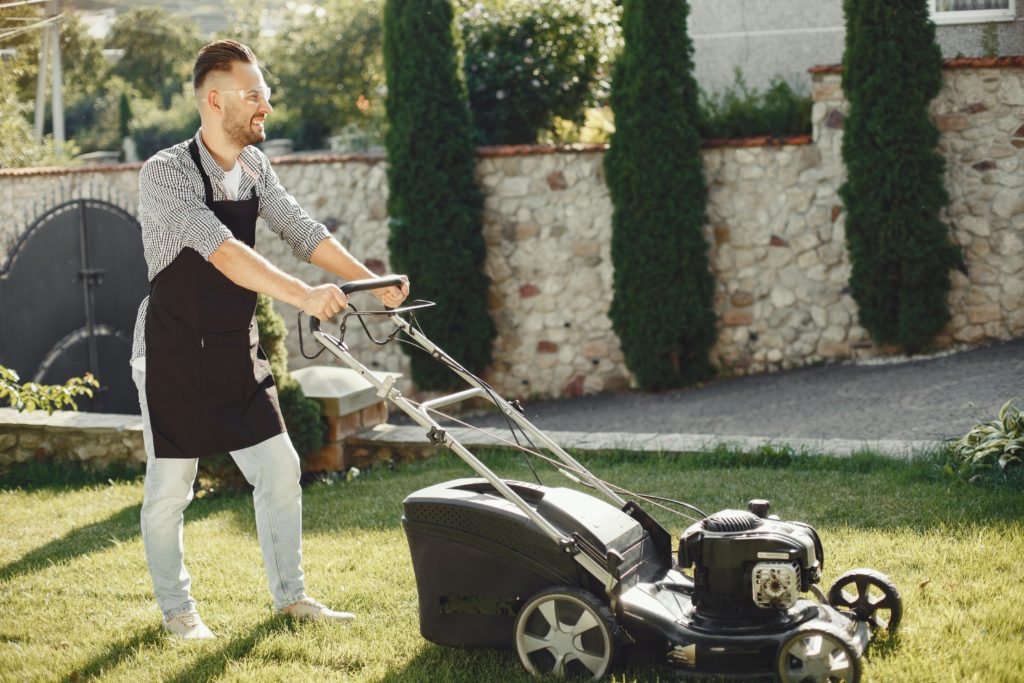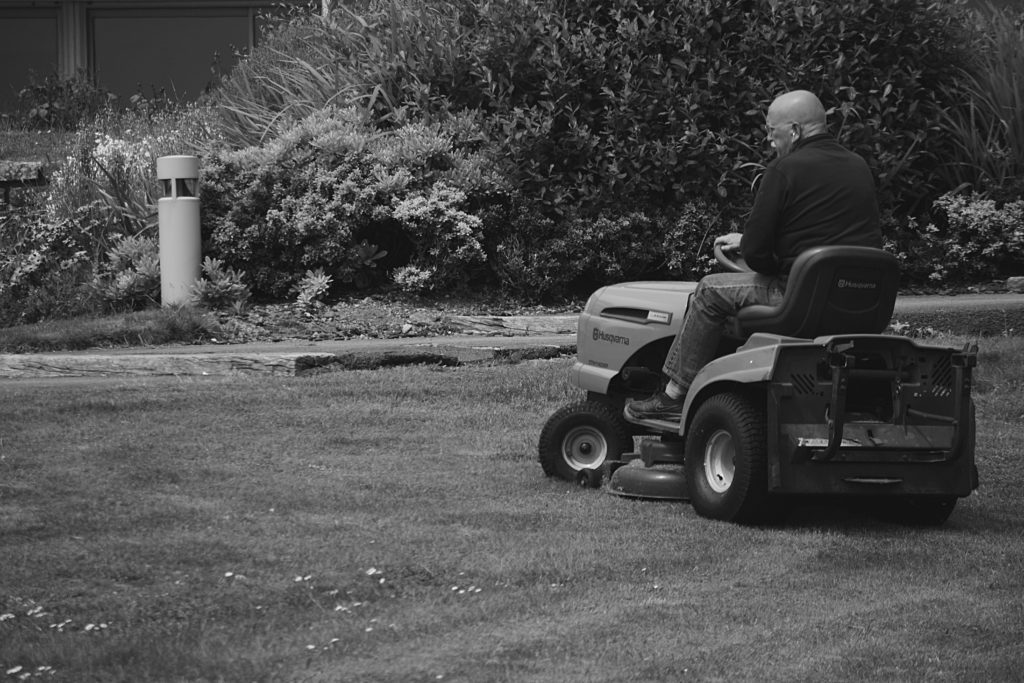There is always a debate on riding lawn mower vs zero turn when deciding which one is ideal to be picked. A zero-turn lawn mower gives the ability to rapidly turn backward, nearly instantly trampling over its former footprint. Just one of many explanations why gardening experts choose this type of riding mower is because of this characteristic. The driving controls are one of the key differences between a zero-turn mower and a riding mower. You can maneuver lawns faster than a riding mower with two driving settings. It’s simple to make a 180-degree turn while using a zero-turn mower. Repeat after aligning your mower blade with the gang member line of your prior cut.
If you need to mow a lawn that is a hectare or larger, riding mowers are an excellent choice. Speed through your landscape for a sharp trim that keeps your lawn looking tidy. A riding mower allows you to comfortably fit in a seat and control the mower deck with a steering column. Maintain a tight touch with the earth as you cruise around your yard. A riding mower can manage every type of grass, from dense and luxuriant to short and prickly.
Which one out of the riding lawn mower and zero turn is the more efficient one?
Choosing the right one between riding lawn mower vs zero turn is very simple. Riding mowers are among the most adaptable lawn tractors available. A riding mower has a large turning radius and is ideal for large, open regions. Riding mowers operate at a slower speed, ensuring a neat and fresh cut. One of the great attributes of a riding mower is that it can be equipped with accessories to help with landscape maintenance such as hauling, dethatching, spraying, and more. Because zero-turn mowers are not designed to accept accessories, consider a riding mower if adaptability is essential for your grass.
Is buying a zero-turn mower worth it?
While more expensive than a riding mower, zero-turn mowers can cut your lawn quicker and more effectively than a riding mower. Roughly 4 MPH is a riding mower’s top speed, while a 0-turn mower’s top speed is around 8 MPH. Your grass will be cut by the same professional, but at a faster pace, giving you more time in the day to accomplish whatever you want.
When should you prefer utilizing zero turn mower?
Zero-turn mowers are economical and accurate, making them perfect for lawns larger than a half-acre with numerous land form characteristics (flower beds, bushes, etc.). These powerful motors receive their moniker from their power to turn on a penny with a turning radius of virtually 0 degrees. They have double hydro static gearboxes with two knobs along either edge of the panel that the rider controls. Mowers with a narrow turning radius can cut a perfect design with only a few small areas of grass lost.
Mowing around twists, curves, barriers, and more is surprisingly simple with zero-turn mowers. They’re also quick, reaching speeds of roughly 10 mph. While speed is appealing, exact cuts should be carried out at a moderate speed.
Coping with altitude and adaptability is where zero turn mowers fall short of lawnmowers in terms of results. Front-wheel-driven lawn mowers are used, whereas rear-wheel-drive zero-turn mowers are used. On rough ground, both can be hard to regulate, and they generally lacked the ability to climb steep inclines. Accessories are rarely fitted to zero-turn mowers, and if they are, they are rarely certified with anything of large magnitude.

When should you prefer utilizing a riding lawnmower?
Whenever someone is confused regarding riding lawn mower vs zero-turn, you should consider all the necessary factors. Lawn tractors are a great option for homeowners who have a yard that is an acre or bigger. Tractors and riding mowers use a typical steering wheel, similar to that of a tiny go-kart. These mowers are simple to use and strong, and they don’t require much practice to acquire. You can mow a good quantity of lawns with each pass because of the different decking sizes offered.
Lawn tractors are quite versatile. They are frequently graded for connections in terms of being able to handle hills and gradients. You can seed, move, tow, and mow with a riding mower (Based on the scale and weight of the connection, it may also go vertically and horizontally slopes).
Lawnmowers make up for their lack of accuracy with their strength and adaptability. Because riding mowers have a wider turn range than zero turn mowers, you’ll miss more grass on each round. This will necessitate a couple more rounds to cover the entire lawn, as well as some extra cutting around tight turns and obstructions.
Should you buy a lawn tractor or a zero-turn tractor?
When weighing the benefits and drawbacks of each mower, while deciding on riding lawn mower vs zero-turn, three considerations come into play: the length of your lawn, the characteristics of your lawn (landscape, altitude, obstructions, and so on), and how much adaptability you value. If you have a lawn larger than a half-acre, any mower can be used, but grass smaller than that would make utilizing a lawn tractor problematic. The features of your lawn and the work you need your mower to complete are the two most crucial aspects to take into account.

What are the pros of a zero-turn tractor?
Zero-turn mowers are fantastic at maneuvering mostly around things up and personal. They’re extremely maneuverable, turning almost instantly. Because of the ability to make tight bends mixed with the great velocity, you can mow a larger area in less time. This is a real game-changer on huge areas like vacation homes — it’s not uncommon to decrease your mow time in comparison to a forklift approach! Since you’re seated in the front of the mower with an incredible view, you get a greater accuracy cut with a zero-turn mower.

